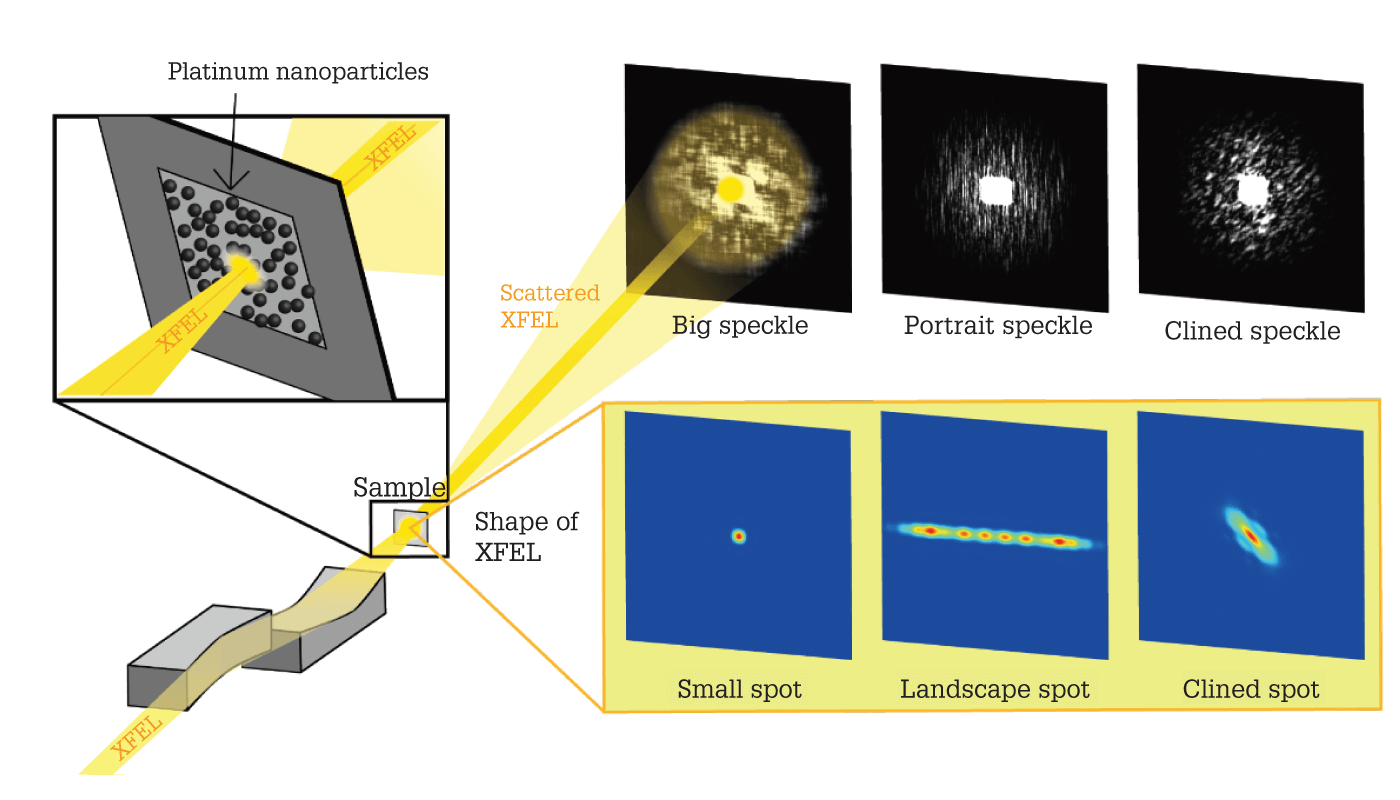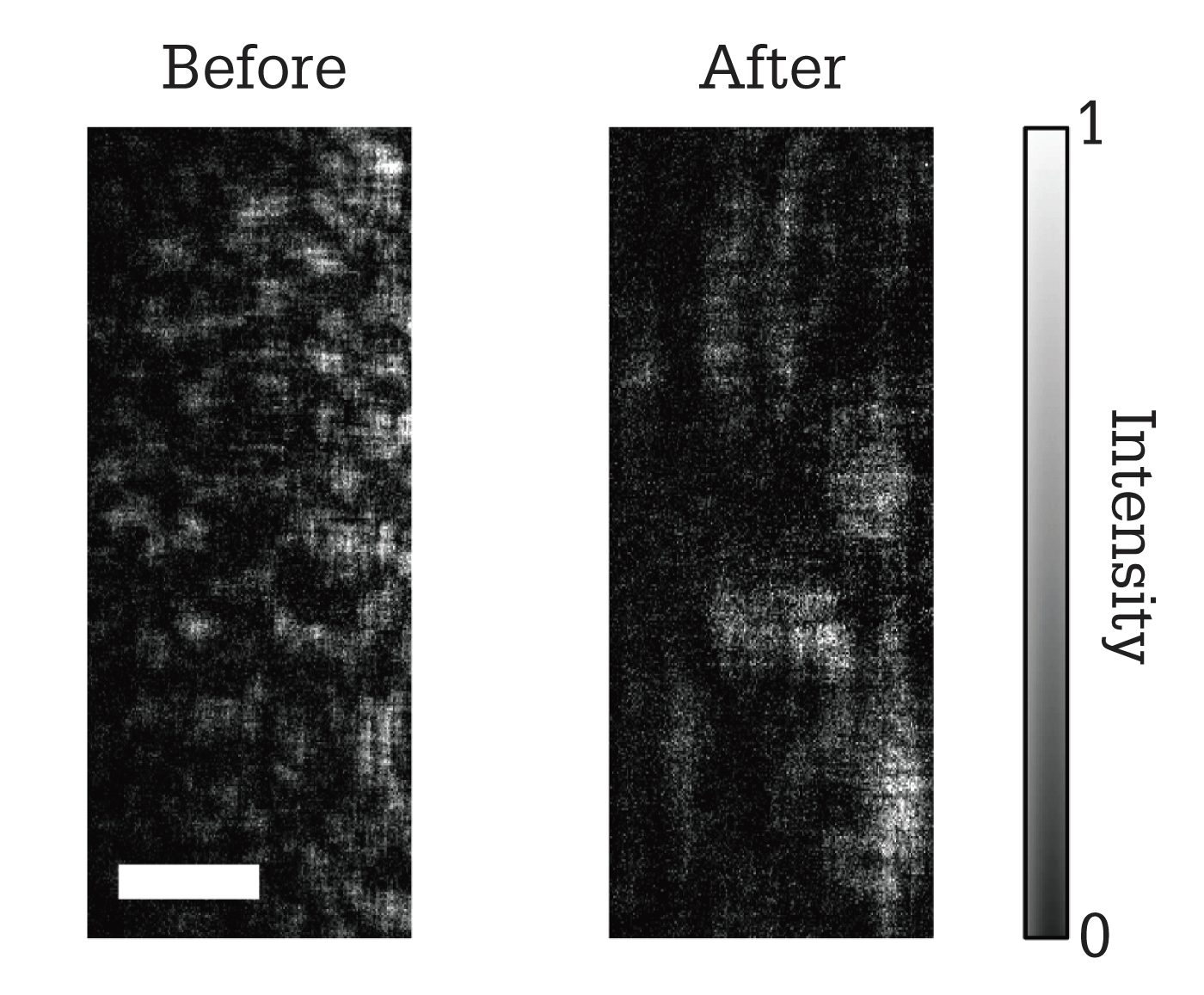
X-rays have been allowing spectroscopists to “see the invisible” for the last 100 years. During the last few decades, synchrotron radiation sources have enabled great advances in a number of disciplines – but they have their limits. To study atomic processes, X-ray lasers with a large number of photons must be focused at the width of an atom. And that’s where X-ray free-electron lasers (XFELs) come in.
XFELs possess unique properties compared with conventional synchrotron X-ray sources, including unprecedented peak brilliance, nearly full spatial coherence, and an ultrashort pulse duration. But the sub-10 nm focusing of these lasers has so far proved challenging. Now, Takato Inoue and his team have reduced the beam diameter in an XFEL to 6 nanometers – making it possible to image structures closer to the atomic level than ever before.

To achieve this feat, the team had to fabricate ultraprecise focusing mirrors, and then confirm the size and shape of the resulting focused lasers. “We had to tune the mirror alignments with high accuracy,” says Inoue. “Even a small misalignment in the mirrors would degrade the focused beam shape and block diffraction-limited focusing.” And so a new method for characterizing XFEL beams was needed; enter speckle interferometry. “This method is based on the fact that the size of a speckle – a pattern created by the scattering of laser light – inversely changes with the broadening of a focused beam. It meant we could finally tune the alignments accurately and focus the XFEL down to the nanometer scale,” says Inoue.
Next, the team wants to work on creating a more stable sub-10nm XFEL focusing system – and improve on their speckle interferometer. “If we can characterize the speckle patterns from atoms inside a thin film, we will be able to create a 1-nm focusing system in the far future.”
References
- T Inoue et al., J Synchrotron Rad, 27, 883 (2020). DOI: 10.1107/S1600577520006980




